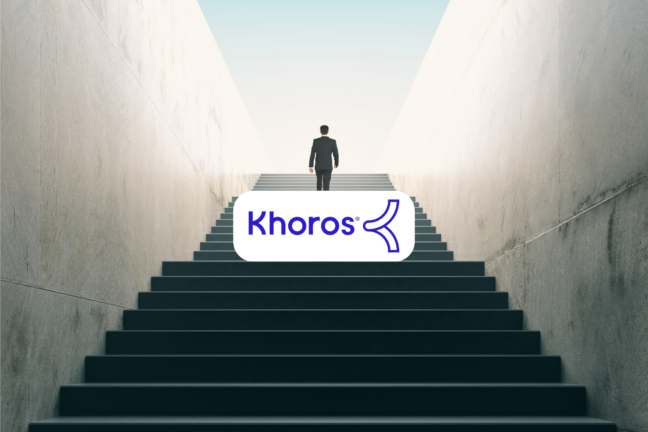Volvo has improved vehicle technology by prioritizing human-centric innovations. Its new generation of software-defined vehicles combines advanced safety features, connectivity, data, and software into a unified platform.
"With NVIDIA DRIVE Thor in our future cars, our in-house developed software becomes more scalable across our product line-up, which will help us to continue to improve the safety in our cars, deliver best-in-class customer experiences, reduce our costs, and increase our margins," says Jim Rowan, CEO of Volvo Cars.
This program revolves around the Volvo EX90, the company's first entirely software-defined vehicle. The EX90 is based on a centralized core computer architecture, which was made possible by a long-term collaboration with NVIDIA. The car is powered by the NVIDIA DRIVE Orin system-on-a-chip (SoC), which can handle over 250 trillion operations per second (TOPS). The technology manages all parts of the vehicle, from AI-powered safety measures and advanced driver assistance systems to future self-driving capabilities and a better customer experience.

Volvo Cars is also developing autonomous driving technologies using its wholly-owned software business Zenseact and the NVIDIA DGX system, an AI supercomputing platform intended for high-performance tasks. The DGX systems are used to train AI models before they are deployed in future vehicle fleets, hence increasing the efficiency and efficacy of both present and future models.
Volvo's deepening relationship with NVIDIA and use of the NVIDIA DRIVE platform allow it to advance its safety expertise by developing core AI models.









